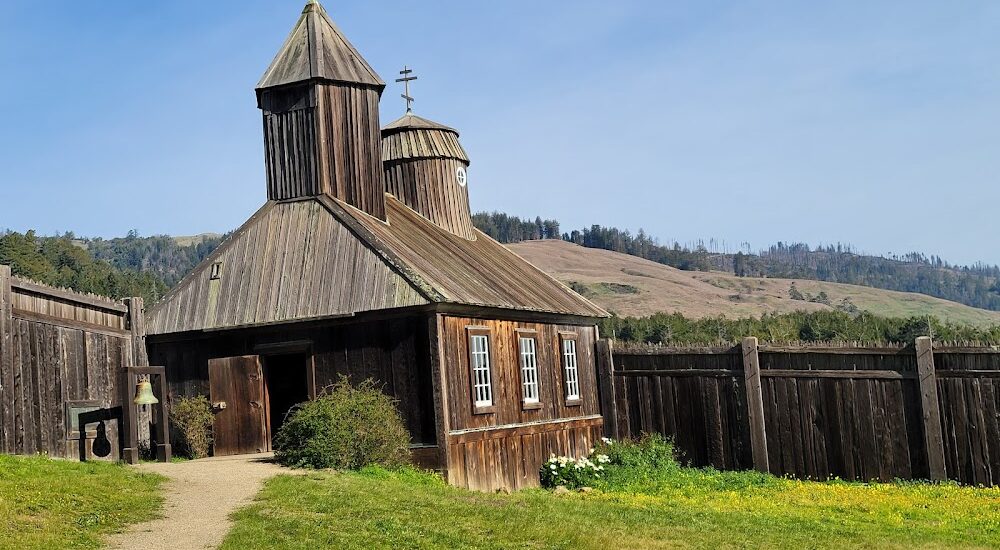Welcome to Fort Ross State Historic Park, a place where history and nature meet along the stunning Sonoma County coastline. This historic site, established in 1812 by the Russian-American Company, was the southernmost settlement in the Russian colonization of the Americas. The fort was originally built as a commercial hub for the Russian fur trade, aiming to supply Russian colonies in Alaska with agricultural products and furs from sea otters and other animals.
Ivan Alexandrovich Kuskov, an agent of the Russian-American Company, was instrumental in the founding of Fort Ross. Kuskov scouted the location in 1808 and returned in 1812 with a group of Russian settlers and native Alaskans to establish the fort. The fort was strategically built atop a mesa surrounded by ravines, offering natural protection against potential attacks.
During its operational years, Fort Ross was a multicultural melting pot with a diverse mix of inhabitants, including Russians, Native Alaskans, Kashaya Pomo, and even people from Hawaii and other parts of Europe. This blend of cultures is evident in the architecture and daily life that unfolded within the fort’s walls. The Kashaya Pomo people, native to the region, played a significant role, often working alongside the Russians.
One of the notable structures within Fort Ross is the Holy Trinity Chapel, originally built in the 1820s. Although the fort never had a resident priest, this chapel was the first Russian Orthodox structure in North America outside of Alaska. The fort also housed a commander’s house, which is the only original building still standing today and is recognized as a National Historic Landmark.
Fort Ross faced several challenges, including competition with other colonial powers. The Spanish, British, and later American interests in the region created a complex political landscape. By the late 1830s, the Russian-American Company decided to sell Fort Ross due to declining profits from the depleted sea otter population and agricultural difficulties. In 1841, the fort was sold to John Sutter, a prominent figure in California history, though the land itself remained under Mexican claim.
Today, visitors to Fort Ross State Historic Park can explore reconstructed buildings and take part in living history demonstrations that bring the past to life. The park also offers breathtaking views of the Pacific Ocean and access to the rich natural environment of the Sonoma Coast, making it a destination for both history enthusiasts and nature lovers.






